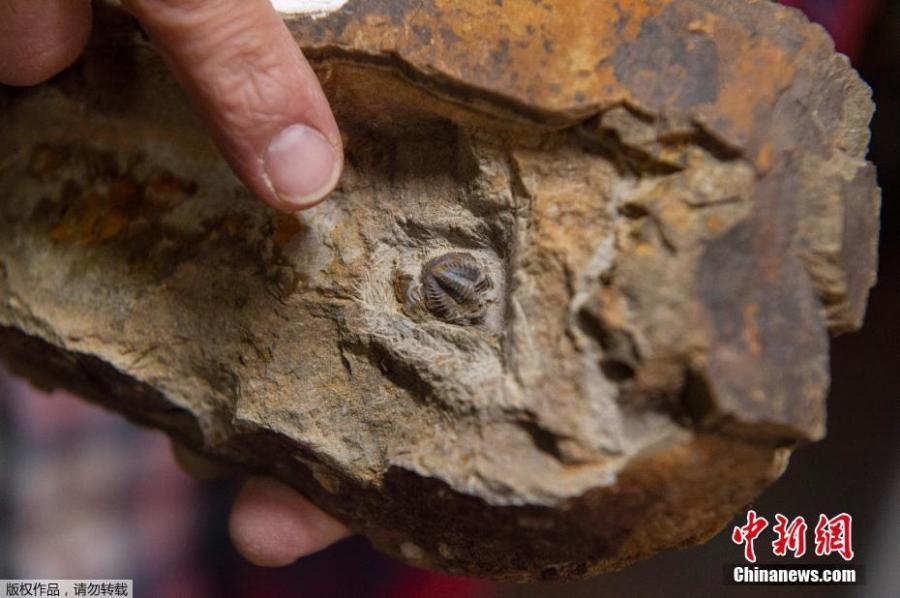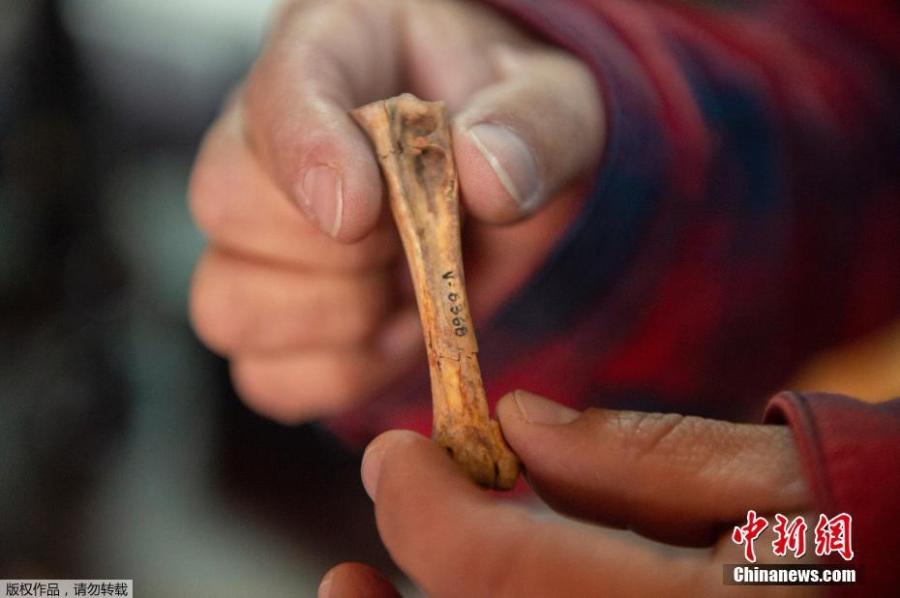
Researchers from Argentina and Ecuador have discovered the fossilised remains of an owl that preyed on its smaller relatives. An owl unlike anything seen today, which roamed on the continent of South America 40,000 years ago, has been described as a “biological rarity” due to its taste for "cannibalism". The fossilised remains of the creature were found in the Ecuadorian Andes, 2,800 metres above sea level. (Photo/Agencies)

Researchers from Argentina and Ecuador have discovered the fossilised remains of an owl that preyed on its smaller relatives. An owl unlike anything seen today, which roamed on the continent of South America 40,000 years ago, has been described as a “biological rarity” due to its taste for "cannibalism". The fossilised remains of the creature were found in the Ecuadorian Andes, 2,800 metres above sea level. (Photo/Agencies)

Researchers from Argentina and Ecuador have discovered the fossilised remains of an owl that preyed on its smaller relatives. An owl unlike anything seen today, which roamed on the continent of South America 40,000 years ago, has been described as a “biological rarity” due to its taste for "cannibalism". The fossilised remains of the creature were found in the Ecuadorian Andes, 2,800 metres above sea level. (Photo/Agencies)























